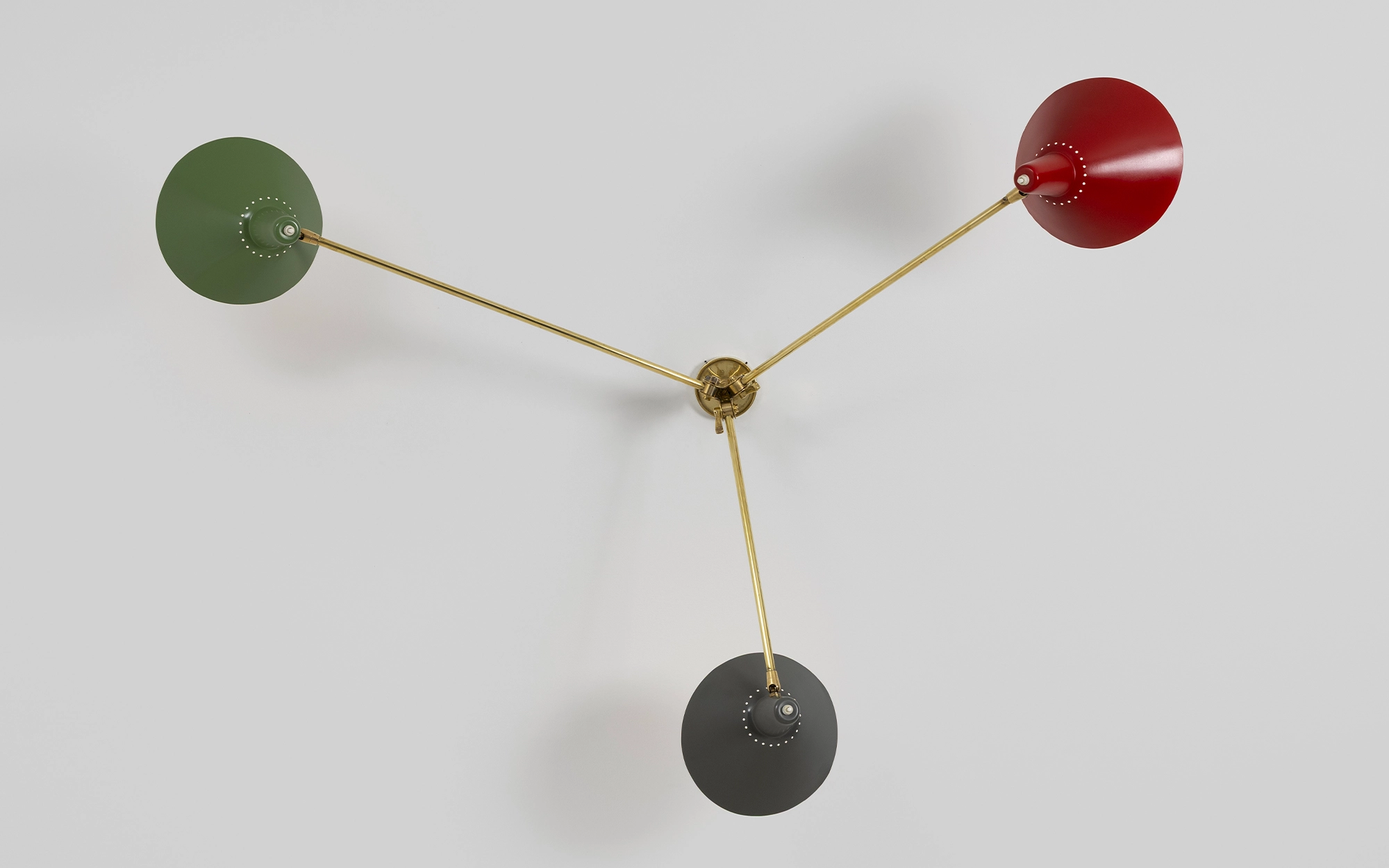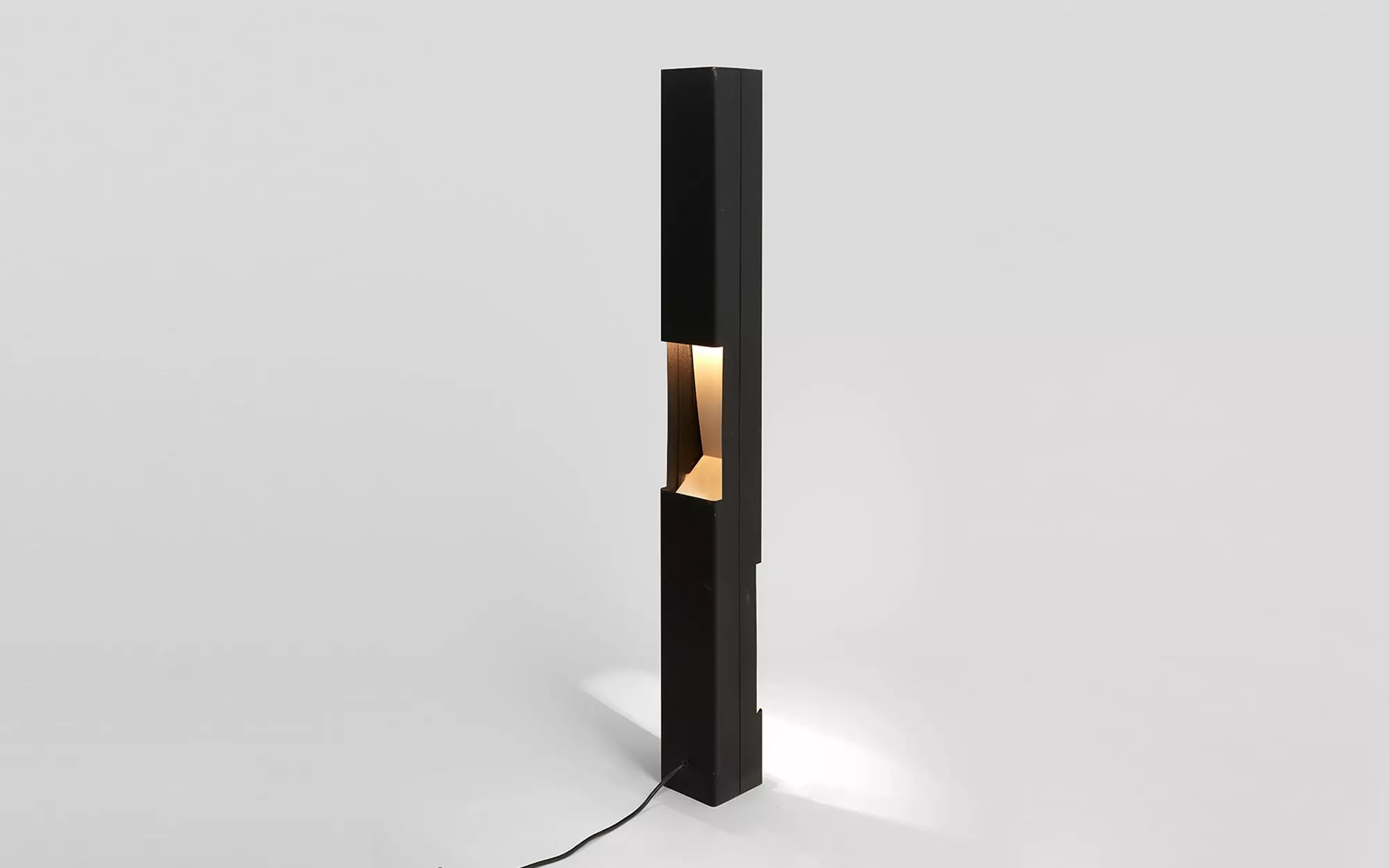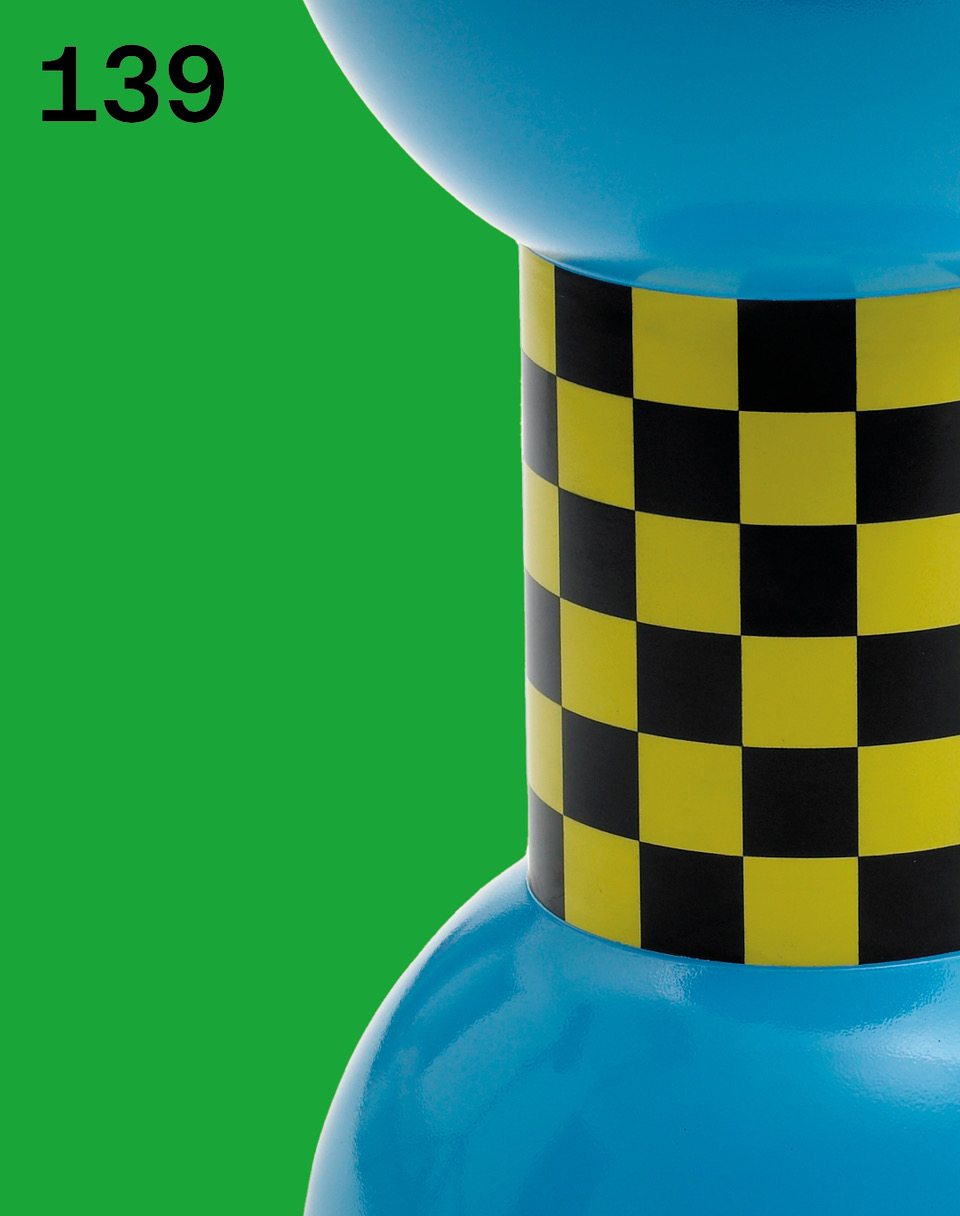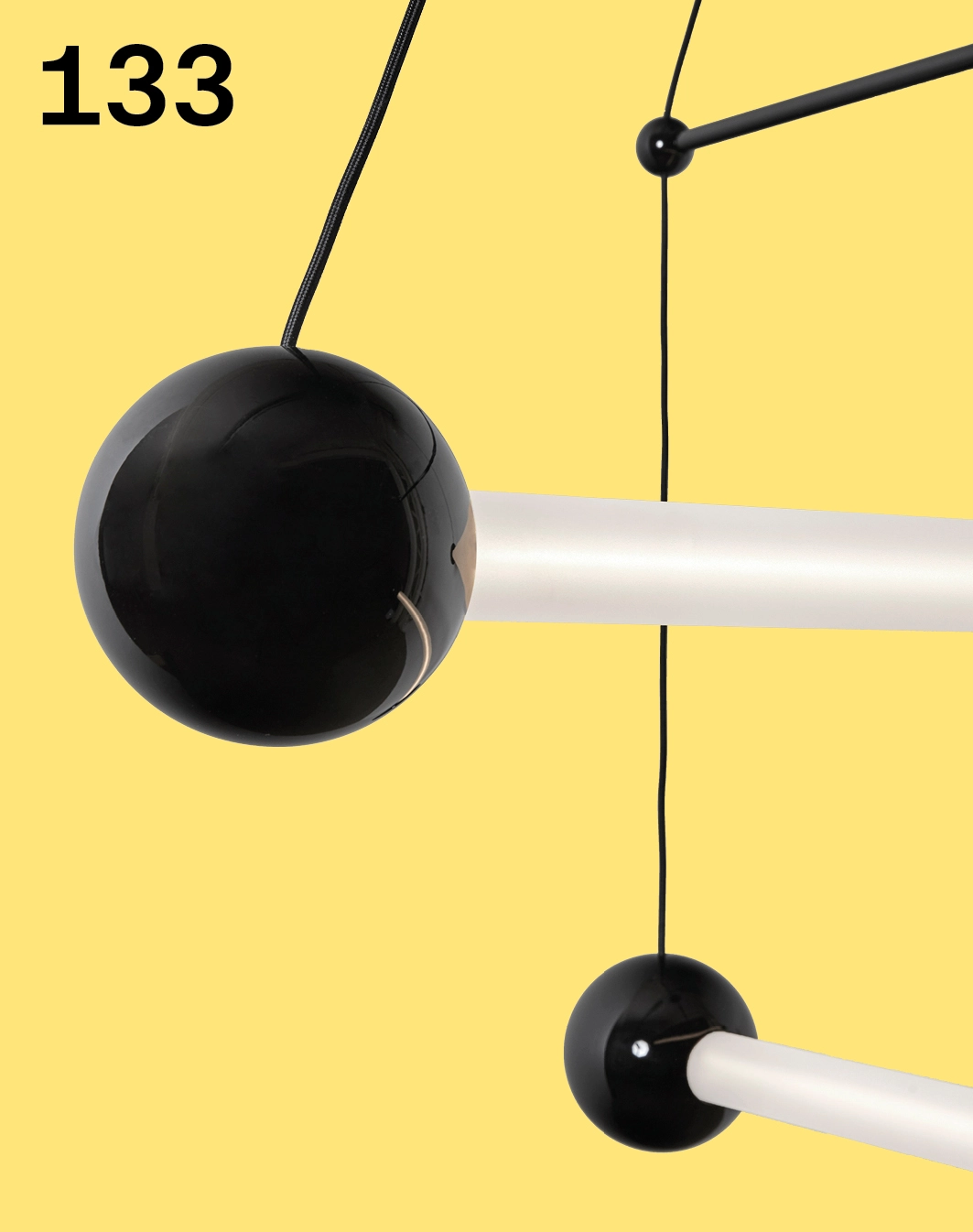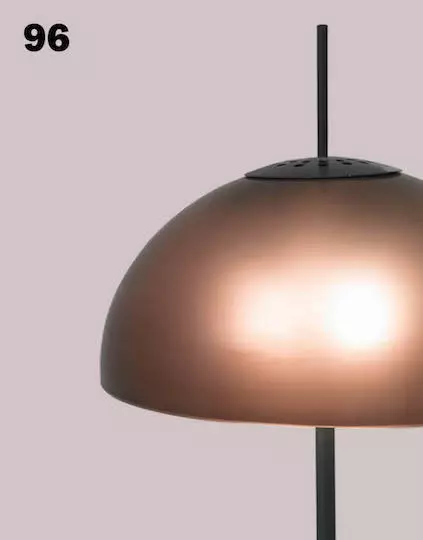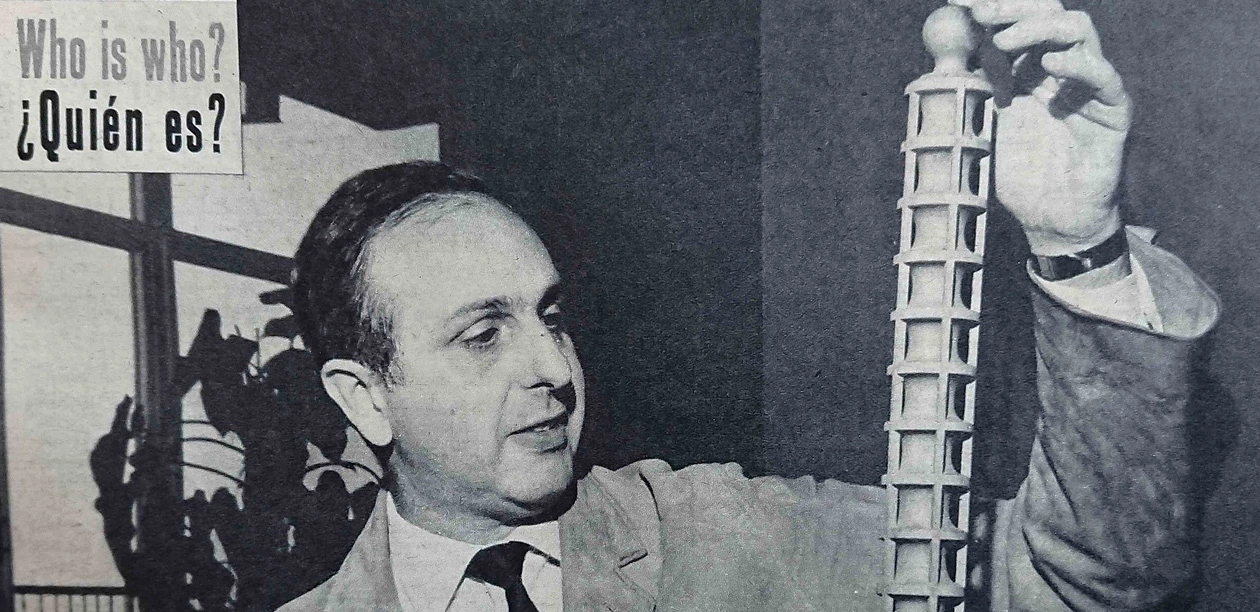
Vittoriano Vigano
Italy — b. 1919 — d. 1996
Biography
Born the son of the Italian painter Vico Viganò, Vittoriano Viganò grew up in a fertile cultural environment. Inspired by his creative upbringing, he would himself turn towards architecture during his studies, graduating from the Politecnico di Milano in 1944.
After a short apprenticeship at Studio BBPR and earning a Master’s degree in engineering, he assisted Gio Ponti in his projects of interior design.
Viganò saw architecture as a tool for human development. For him, interior design and architecture could not be reduced to decoration; they grew and evolved from the fabric of their physical surroundings...
Born the son of the Italian painter Vico Viganò, Vittoriano Viganò grew up in a fertile cultural environment. Inspired by his creative upbringing, he would himself turn towards architecture during his studies, graduating from the Politecnico di Milano in 1944.
After a short apprenticeship at Studio BBPR and earning a Master’s degree in engineering, he assisted Gio Ponti in his projects of interior design.
Viganò saw architecture as a tool for human development. For him, interior design and architecture could not be reduced to decoration; they grew and evolved from the fabric of their physical surroundings.
In a post-war context, Vittoriano put his art at the service of the reconstruction of Italy’s identity and the elaboration of a new face for its new democratic nature.
Viganò’s name has acquired international resonance thanks to the fame of certain projects such as the Marchiondi Spagliardi Institute in Milan (1958), the “La Scala” house by André Bloc in Portese del Garda (1958) and the enlargement of the Faculty of Architecture of the Polytechnic in Milan (1985).

